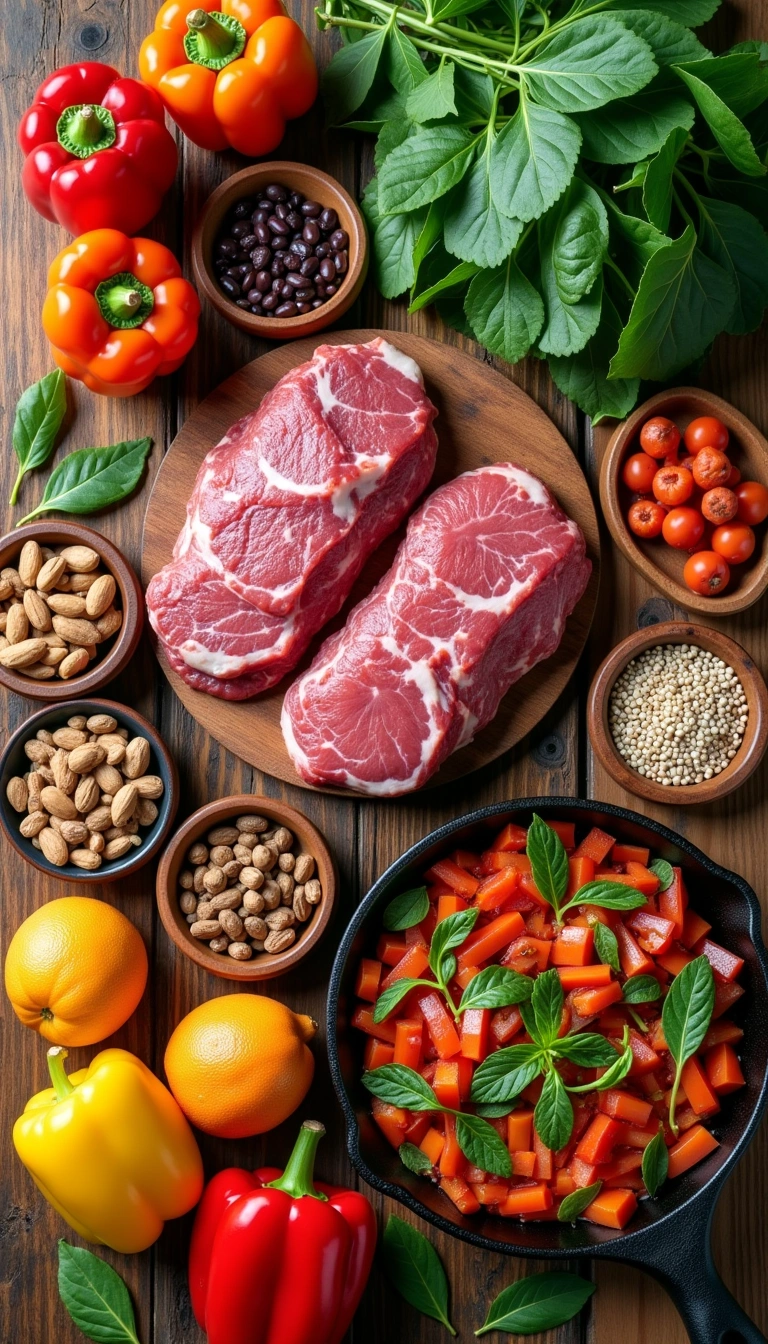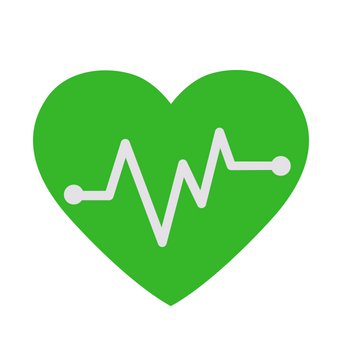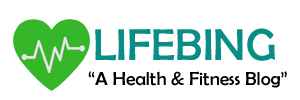A high iron diet can transform your energy levels and overall health in remarkable ways. Many people struggle with iron deficiency without realizing it. This essential mineral keeps your body running smoothly. Let’s explore the best iron-rich foods and meal ideas to boost your intake.
Why Your Body Needs Iron

Iron plays a crucial role in your daily health. Your body uses this mineral to make hemoglobin, the protein in red blood cells that carries oxygen throughout your system. Without enough iron, you might feel tired, weak, or short of breath. Your body stores iron in the liver, spleen, and bone marrow. When these stores run low, iron deficiency anemia can develop. Women need about 18 milligrams of iron daily, while men require around 8 milligrams. Pregnant women need even more – about 27 milligrams per day.
Understanding Heme vs Non-Heme Iron
Not all iron sources work the same way in your body. You’ll encounter two types of dietary iron: heme and non-heme iron. Heme iron comes from animal products like meat, fish, and poultry. Your body absorbs this type more easily, with absorption rates between 15-35%. Non-heme iron comes from plant sources such as beans, spinach, and fortified cereals. Your body absorbs only 2-20% of non-heme iron. You can boost non-heme iron absorption by pairing these foods with vitamin C sources like citrus fruits, tomatoes, or bell peppers. Avoid drinking tea or coffee with iron-rich meals, as these beverages contain compounds that block iron absorption.
Take Charge of Your Health with The Home Doctor
Discover real-world remedies and first-aid solutions you can use when help isn’t around.
👉 Claim Your Home Doctor GuideTop Animal-Based Iron Sources
Animal products provide the most bioavailable iron for your diet. These heme iron sources deliver maximum nutritional benefit with every serving.
Lean Red Meat: Beef contains about 3.5 milligrams of iron per 3.5-ounce serving. Choose lean cuts like sirloin or tenderloin to minimize saturated fat intake. Grass-fed beef often contains higher iron levels than grain-fed varieties.
Organ Meats: Liver tops the iron charts with 30 milligrams per 3.5-ounce serving. Chicken liver, beef liver, and pork liver all provide exceptional iron content. These nutrient-dense foods also supply vitamin B12, folate, and vitamin A.
Poultry: Chicken and turkey offer moderate iron amounts. Dark meat contains more iron than white meat. A 3.5-ounce serving of chicken thigh provides about 1.3 milligrams of iron.
Seafood: Oysters, clams, and mussels rank among the highest iron sources. Six medium oysters contain about 5.7 milligrams of iron. Canned sardines, salmon, and tuna also contribute meaningful iron amounts to your diet.
Plant-Based Iron Powerhouses
Vegetarians and vegans can meet their iron needs through careful food selection. These non-heme iron sources require strategic meal planning for optimal absorption.
Legumes: Lentils, chickpeas, and black beans provide excellent iron content. One cup of cooked lentils delivers 6.6 milligrams of iron. Kidney beans, navy beans, and soybeans also contribute significant amounts.
Dark Leafy Greens: Spinach leads this category with 6.4 milligrams per cooked cup. Swiss chard, kale, and collard greens offer substantial iron plus folate and vitamin K. Raw spinach contains less absorbable iron than cooked versions.
Nuts and Seeds: Pumpkin seeds provide 4.2 milligrams per ounce. Cashews, pistachios, and pine nuts contribute moderate iron amounts. Tahini (sesame seed paste) adds iron to sandwiches and dressings.
Fortified Foods: Many breakfast cereals contain added iron. Check nutrition labels for products providing 18 milligrams (100% daily value) per serving. Fortified breads and pasta also boost iron intake.
Iron-Rich Breakfast Ideas
Starting your day with iron-rich foods sets a strong nutritional foundation. These breakfast options combine taste with essential minerals. Create a spinach and mushroom omelet using iron-fortified eggs. Add a glass of orange juice to enhance iron absorption through vitamin C. This combination provides both heme and non-heme iron sources.
Prepare overnight oats with fortified cereal, pumpkin seeds, and dried apricots. Top with strawberry slices for natural vitamin C. This plant-based option delivers sustained energy and significant iron content. Cook steel-cut oats with blackstrap molasses for natural sweetness and extra iron. Add chopped nuts and fresh berries. One tablespoon of blackstrap molasses contains 3.5 milligrams of iron.
Satisfying Iron-Rich Lunch Options
Midday meals offer opportunities to incorporate diverse iron sources. These lunch ideas keep you energized through afternoon activities. Build a quinoa bowl with black beans, roasted red peppers, and pumpkin seeds. Dress with lemon vinaigrette for vitamin C enhancement. Quinoa provides complete protein plus iron and other minerals. Prepare a spinach salad with grilled chicken, strawberries, and pine nuts.
Use a citrus-based dressing to maximize iron absorption. This combination delivers both heme and non-heme iron effectively. Make a lentil soup with tomatoes, carrots, and Swiss chard. Serve with fortified whole grain bread. The vitamin C in tomatoes helps your body absorb the lentils’ iron content.
Dinner Recipes for Iron Boost
Evening meals can significantly contribute to your daily iron goals. These dinner ideas satisfy hunger while delivering essential nutrients. Prepare lean beef stir-fry with broccoli, bell peppers, and snap peas. Serve over fortified brown rice. The vitamin C vegetables enhance iron absorption from the beef. Cook salmon with roasted Brussels sprouts and sweet potato wedges.
Add a side of sautéed spinach for extra iron. This balanced meal provides omega-3 fatty acids alongside iron. Make turkey and white bean chili with diced tomatoes and bell peppers. Top with a dollop of Greek yogurt. This hearty dish combines heme and non-heme iron sources effectively.
Smart Snacking for Iron
Between-meal snacks can contribute meaningful iron amounts to your daily intake. Choose these portable options for iron-rich snacking. Mix dried apricots, pumpkin seeds, and dark chocolate chips for a trail mix. Dark chocolate contains about 2.3 milligrams of iron per ounce. This combination satisfies sweet cravings while boosting iron intake. Spread almond butter on fortified whole grain crackers.
Add thin apple slices for natural sweetness and vitamin C. This balanced snack provides sustained energy and essential minerals. Prepare hummus with tahini for extra iron content. Serve with raw bell pepper strips and cherry tomatoes. The vitamin C vegetables enhance iron absorption from the tahini.
Foods That Block Iron Absorption
Certain foods and beverages can interfere with iron absorption. Understanding these interactions helps you maximize your iron intake. Calcium-rich foods like dairy products can reduce iron absorption when consumed together. Space out your calcium and iron-rich meals by at least two hours for optimal absorption.
Coffee and tea contain tannins that bind to iron and prevent absorption. Wait at least one hour after eating iron-rich foods before drinking these beverages. Whole grains contain phytates that can block iron absorption. Soaking, sprouting, or fermenting grains reduces phytate content and improves iron availability.
Enhancing Iron Absorption Naturally
Several strategies can boost your body’s iron absorption from food sources. These simple techniques maximize the benefit of iron-rich meals. Pair iron-rich foods with vitamin C sources like citrus fruits, tomatoes, strawberries, or bell peppers. Even small amounts of vitamin C significantly improve iron absorption rates.
Cook in cast-iron cookware, especially acidic foods like tomato sauce. This cooking method can increase the iron content of your meals through leaching from the pan. Separate calcium and iron-rich foods by consuming them at different meals. This timing prevents calcium from interfering with iron absorption.
Signs You Need More Iron
Recognizing iron deficiency symptoms helps you address nutritional gaps early. These warning signs indicate you may need to increase your iron intake. Persistent fatigue and weakness often signal low iron levels. Your body struggles to deliver oxygen efficiently without adequate iron stores.
Pale skin, brittle nails, and unusual cravings for ice or starch may indicate iron deficiency. These symptoms develop as your body’s iron stores become depleted. Cold hands and feet, restless leg syndrome, and difficulty concentrating can also suggest inadequate iron intake. Consult your healthcare provider for proper testing and guidance.
Meal Planning Tips for Iron Success
Strategic meal planning ensures consistent iron intake throughout the week. These organizational strategies simplify iron-rich eating. Plan weekly menus that include both heme and non-heme iron sources. Batch cook iron-rich foods like lentils, quinoa, and lean meats for easy meal assembly.
Keep iron-rich emergency foods on hand: canned beans, fortified cereals, nuts, and dried fruits. These shelf-stable options prevent nutritional gaps during busy periods.
Track your iron intake using a food diary or nutrition app. This monitoring helps identify patterns and ensures you meet daily requirements consistently.

Lifebing is driven by an unrelenting passion for promoting health and well-being, our team is wholly committed to curating exceptional content and immersive experiences.
